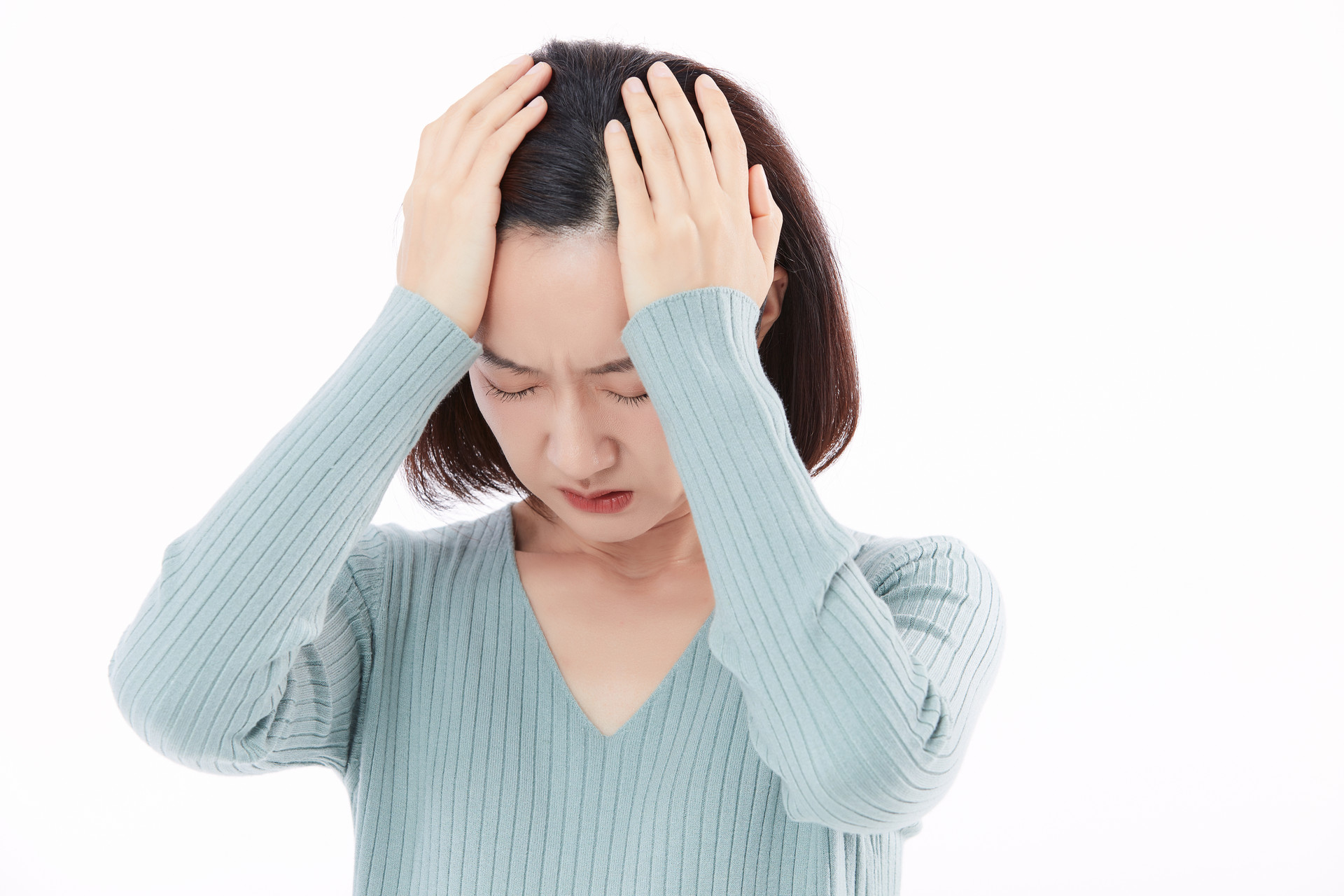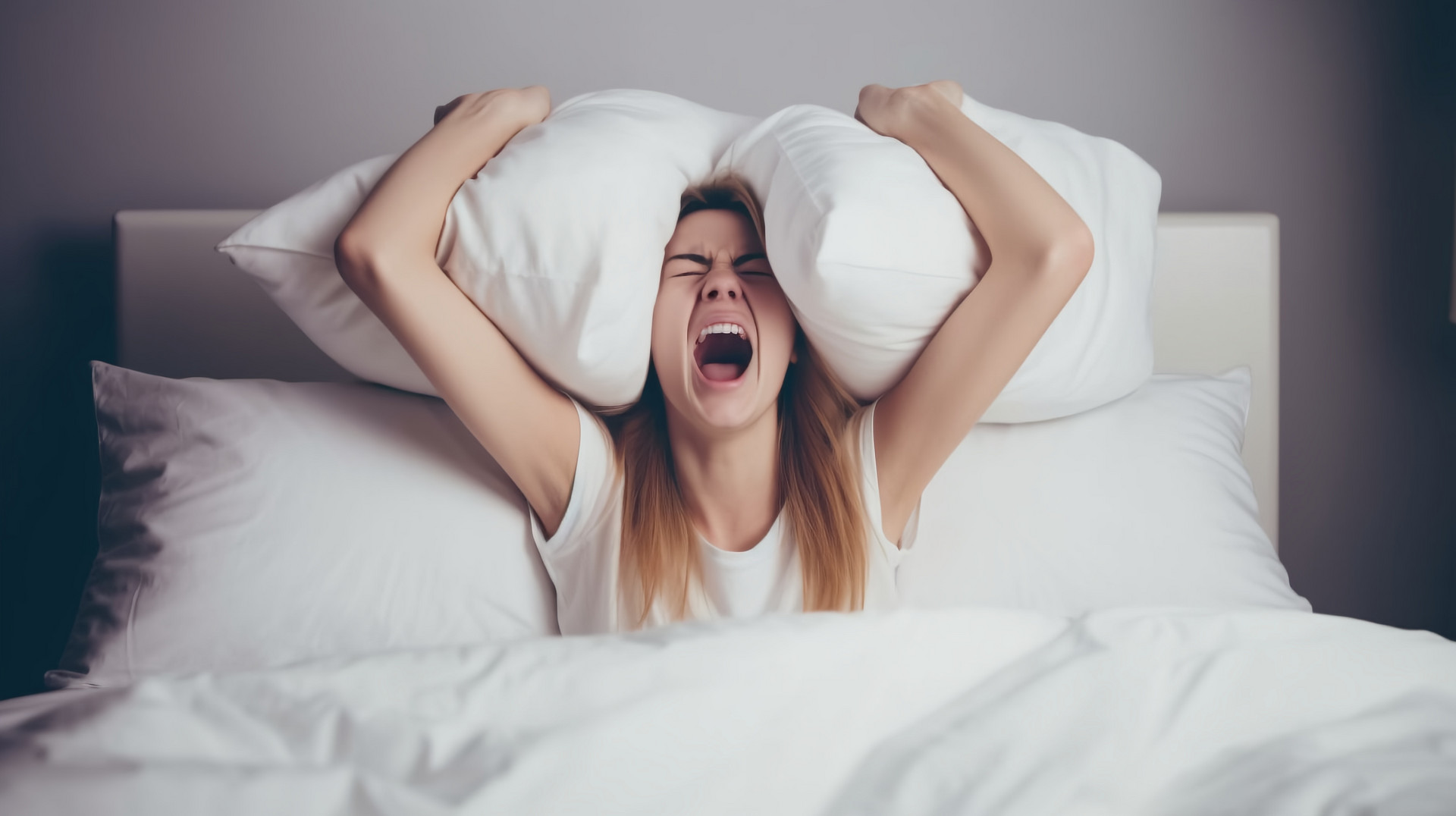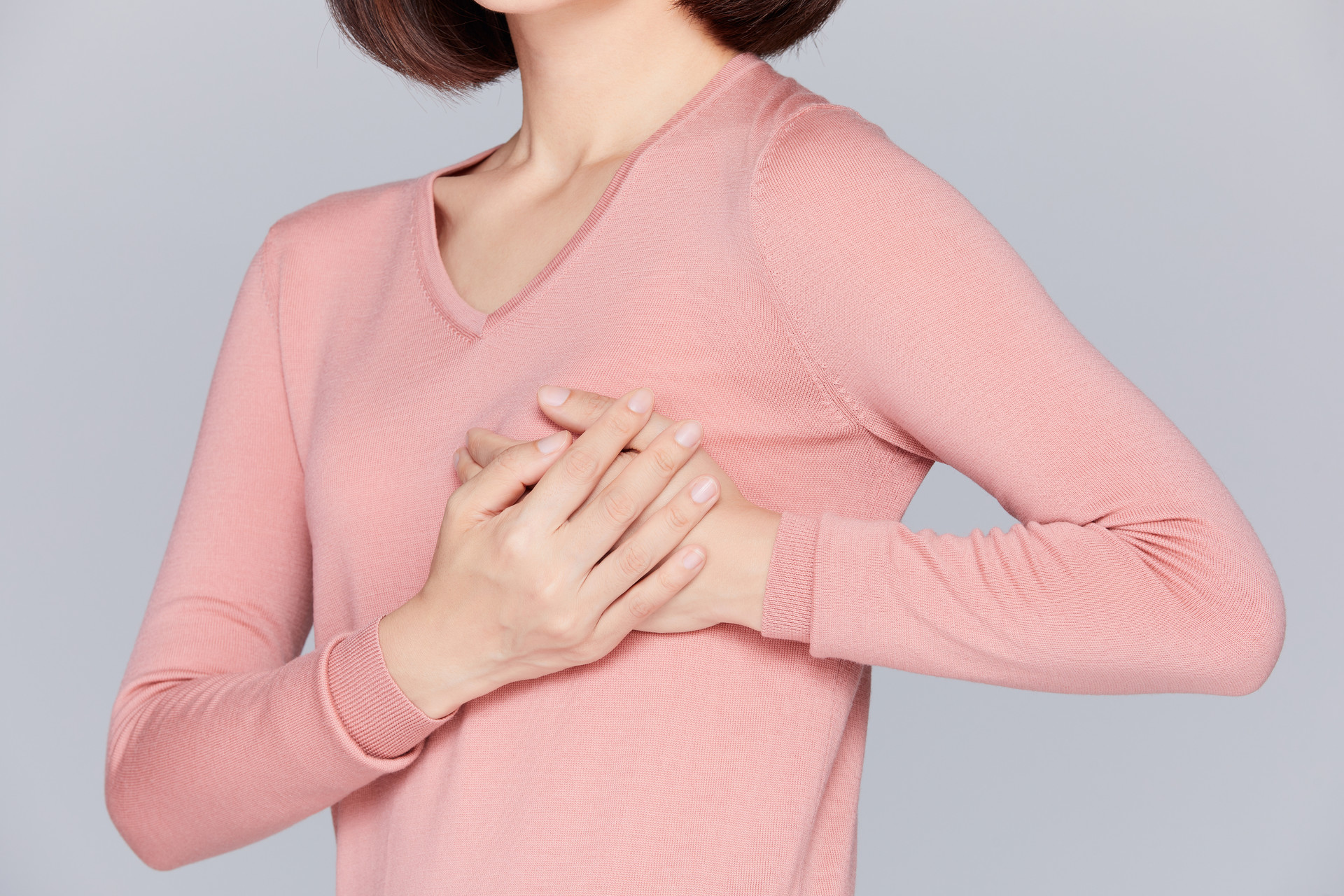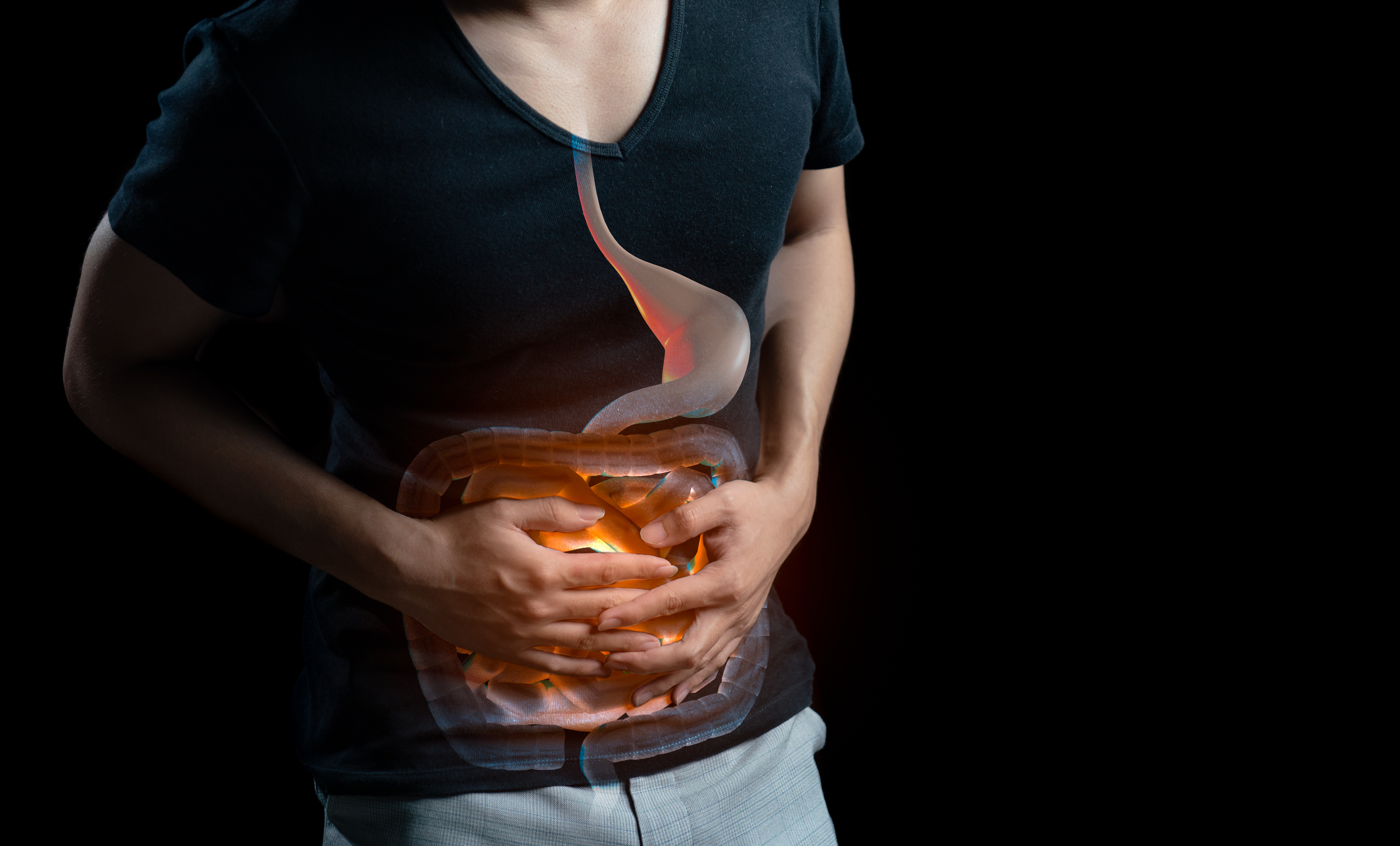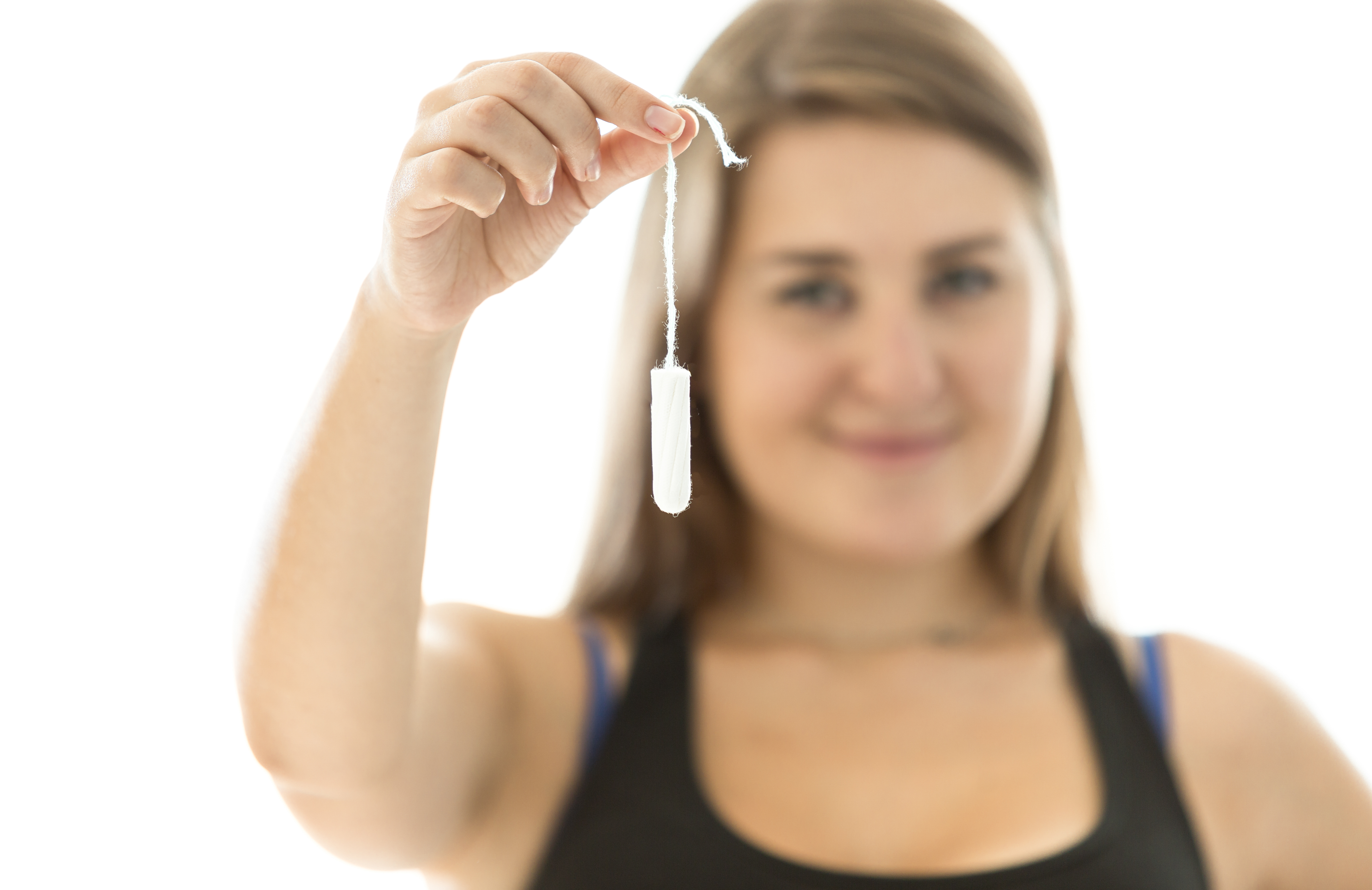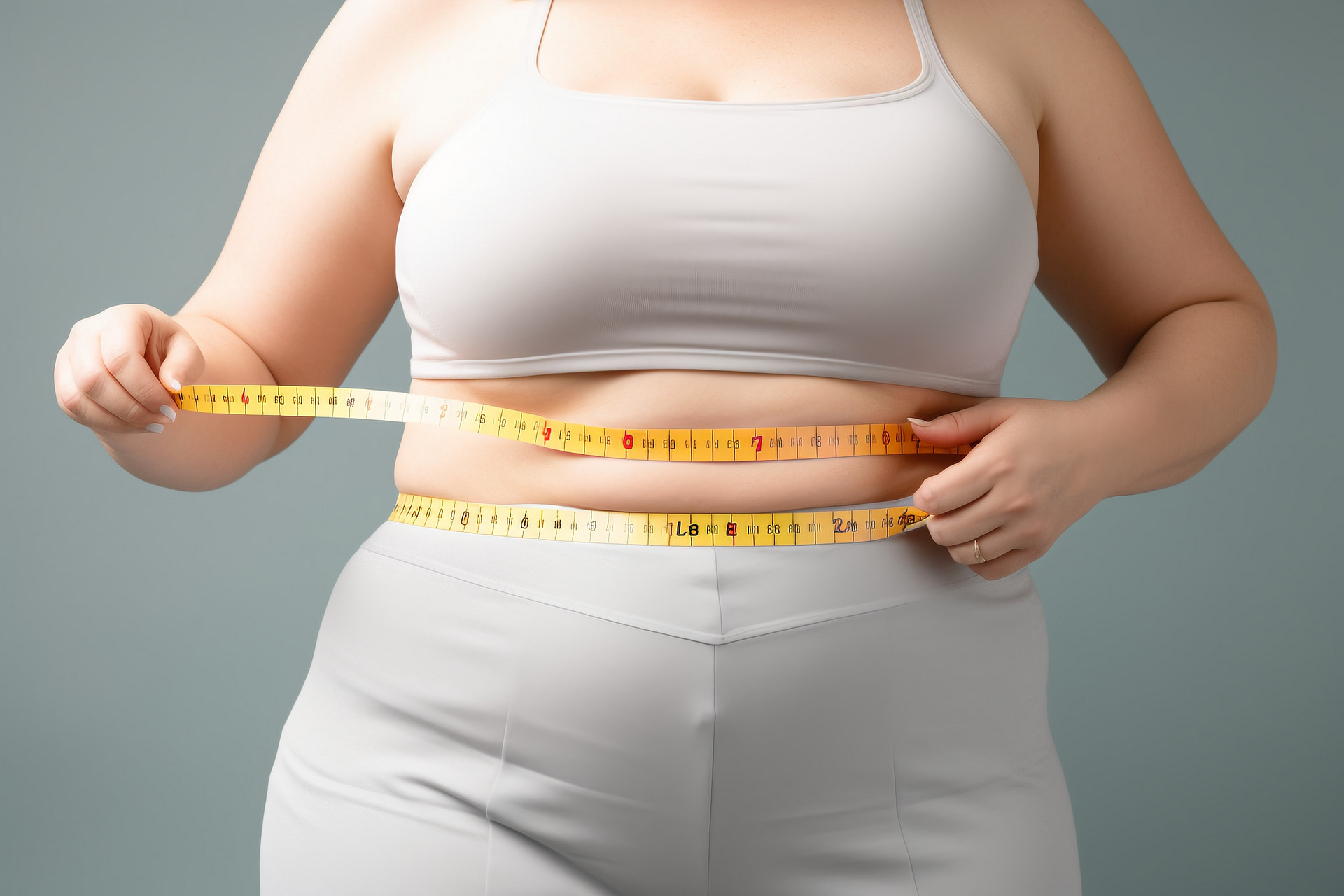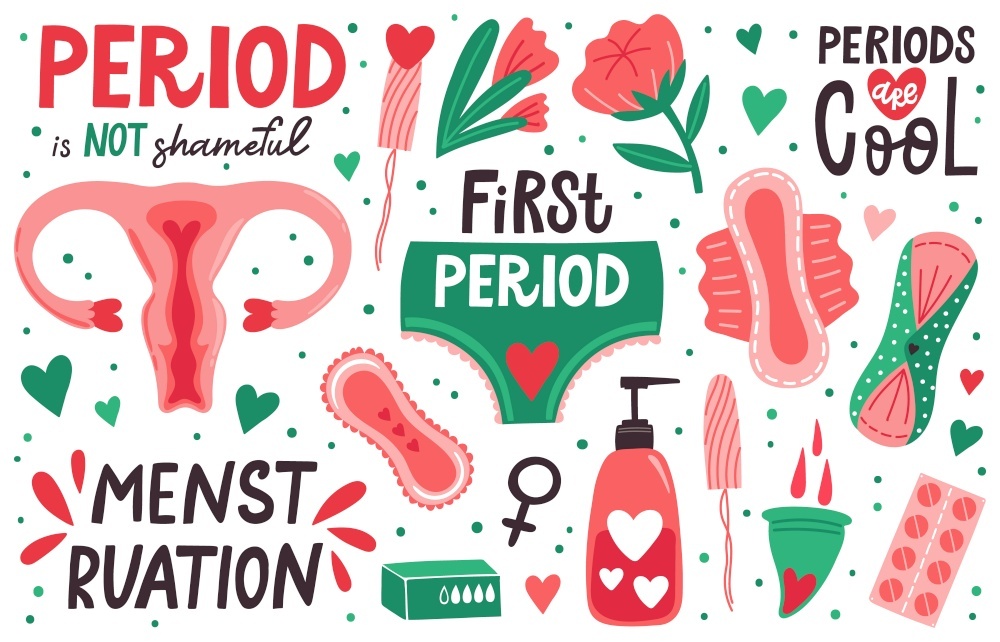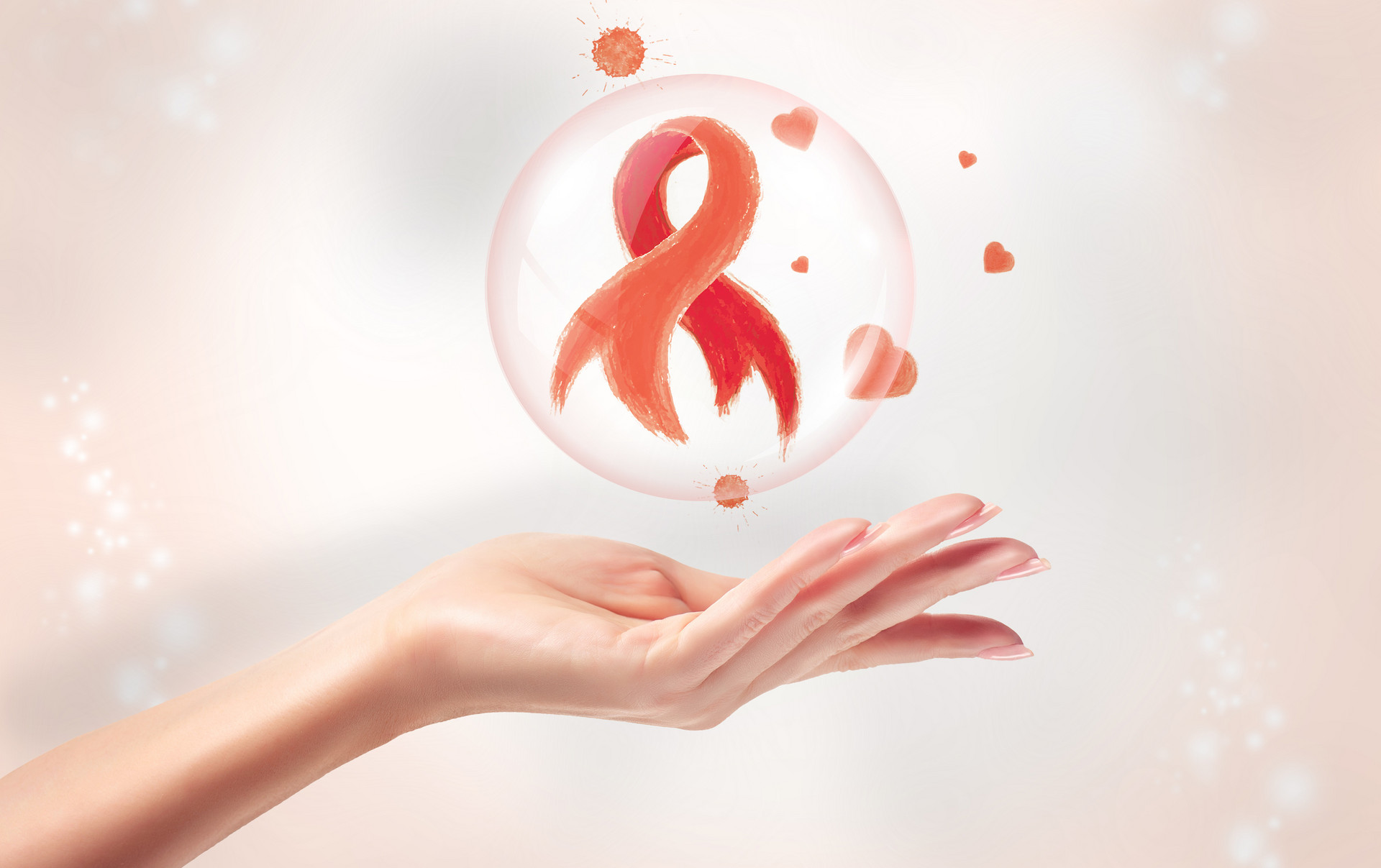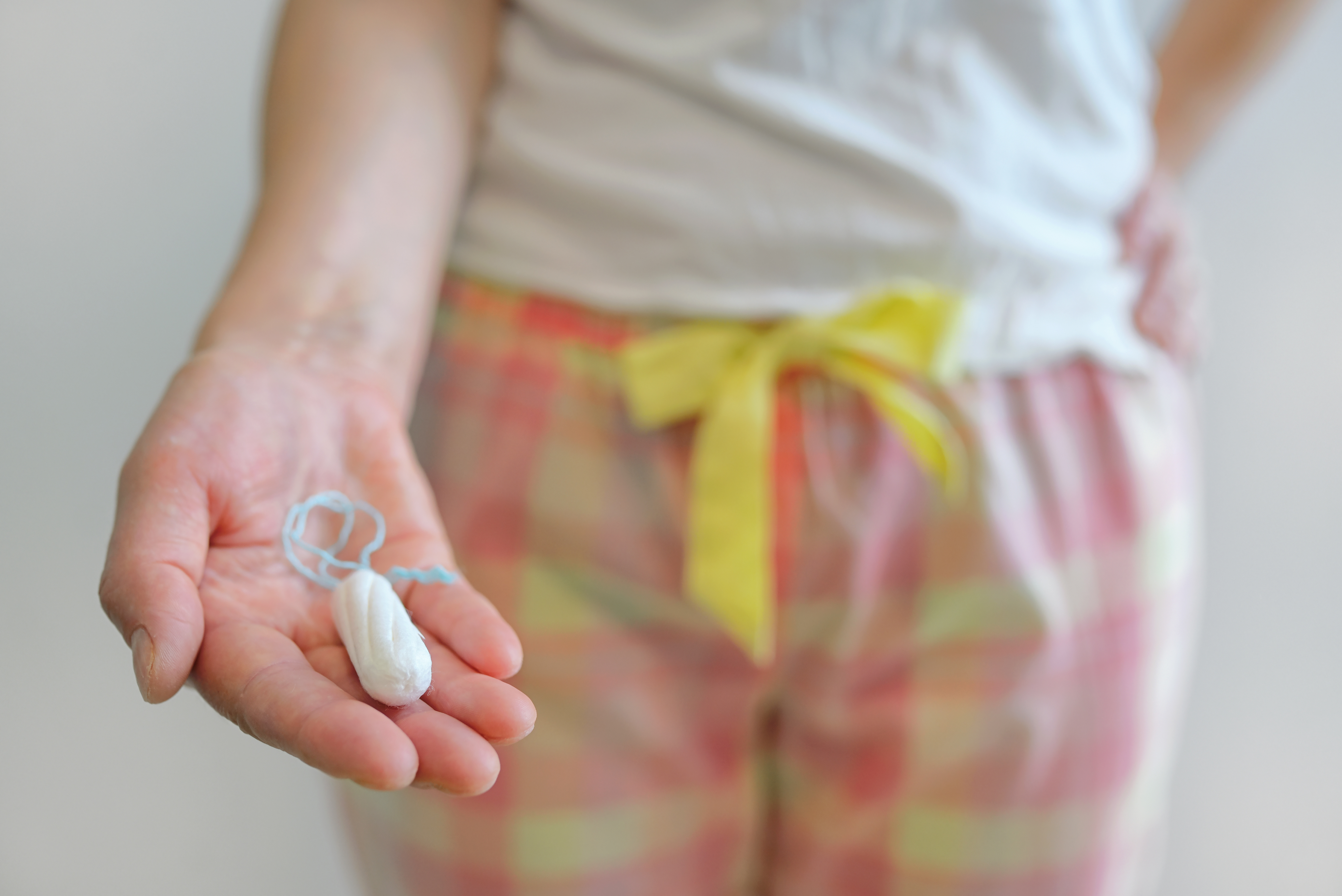Women often suffer from gynecological diseases, and the most tormenting and painful one is dysmenorrhea. When it is severe, many people need to take medication to relieve the pain. Traditional Chinese Medicine (TCM) uses moxibustion to treat dysmenorrhea, which can relieve pain without taking medication. Moxibustion is one of the ancient external treatment methods. Its principle is to warm and activate blood circulation, support the body's healthy functions, regulate organ activities, and achieve the effects of delaying aging, strengthening the body, and reducing aging. Common female conditions such as dysmenorrhea and menstrual disorders can also be prevented and treated through moxibustion.
How does moxibustion treat dysmenorrhea?
Moxibustion treats dysmenorrhea mainly for pain caused by non-pathological conditions of female organs. Before moxibustion, it is necessary to determine the cause of dysmenorrhea and then identify the acupoints for targeted treatment.
Main acupoint:
Guan Yuan: Located 3 cun below the navel, on the midline of the abdomen. The patient should lie supine when locating this acupoint.
Other acupoints:
Qi Hai: Located 1.5 cun below the navel on the midline of the lower abdomen.
San Yin Jiao: Located on the inner side of the lower leg, 3 cun above the tip of the inner ankle and behind the medial border of the tibia. The patient should sit with the knees bent at a right angle to locate this acupoint.
Additional acupoints: Ci Liao, Zhong Liao, Tian Shu, Gui Lai, Qu Gu.
During treatment, the patient should first choose a supine position, light the moxa stick, and heat the air about 2 centimeters away from the acupoint until the local skin feels a burning sensation. Then, switch to a prone position and use the same method to moxibust the Ci Liao or Zhong Liao acupoint on the back. This should be done once a day.
The main acupoint can be used daily, while the additional acupoints can be alternated every day, selecting 2-3 of them.
The treatment should start a few days before the onset of menstruation and continue for a few days after the end of menstruation.
Moxibustion for dysmenorrhea adjusts the body's functions through the unique aroma of moxa leaves and the warm stimulation, achieving the goal of relieving uterine muscle reflex spasms, promoting blood circulation, and stopping pain. This is what TCM refers to as "if the passage is unobstructed, there will be no pain; if there is pain, the passage is obstructed".


